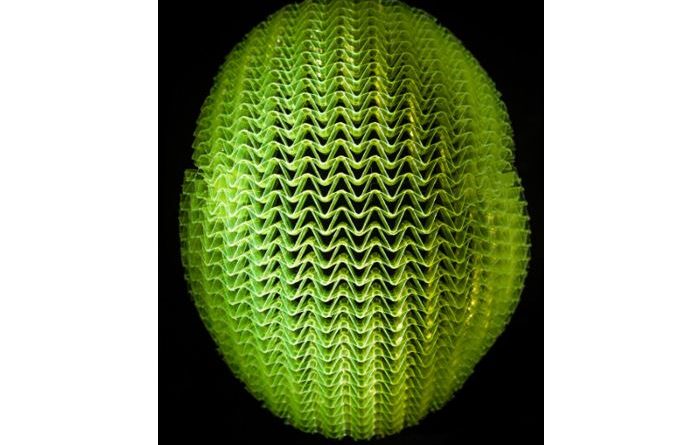Helmet brands butt heads over performance claims following WaveCel launch
Cycle helmet controversies often involve politicians or celebrities, but this time it is new technology and the claims made around it that has created some debate.
Trek and Bontrager revealed ‘groundbreaking helmet technology’ called WaveCel last week, which it said was proven to be up to 48 times more effective than standard EPS foam at preventing concussions from common cycling accidents. Its claims have irked MIPS, the rotational motion solution used by a number of cycle helmet brands.
Not unlike MIPS, WaveCel is designed to combat real world cycling accidents that feature twists, turns and angled impacts, absorbing energy in multiple ways. Developed over a four year partnership between orthopedic surgeon Dr Steve Madey and biomechanical engineer Dr Michael Bottland, with Trek and Bontrager’s R&D teams, WaveCel has layers which move independently and flex until the cell walls crumple and then glide, actively absorbing direct and rotational energy, redirecting it from the head.
Bontrager said that this three-step change in material structure – flex, crumple, glide – dispersed impact energy and nearly 99 times out of 100, prevents concussions from common cycling accidents.
MIPS has subjected WaveCel to a battery of tests and said it found results far below WaveCel’s injury prevention claims, including that “adding the WaveCel technology reduced [the incidence of concussion] to 1.2%”.
“MIPS’ position on evaluating the possibility of a concussion resulting from a crash is that it is a highly variable event and unique to the individual impact and rider physiology. No two crashes are the same and no two people are the same, so the risk of concussion is a near-impossible claim to make. However, rotational motion itself can be measured objectively, so that is the metric MIPS can actually report and address.
“For over 20 years, MIPS has been researching brain injuries and designed its system to reduce rotational motion transferred to the brain from angled impacts to the head, keeping people safer in the outdoors, from casual beginners to professional athletes. MIPS has conducted more than 22,000 tests in their state-of-the-art test lab in Sweden. MIPS’ own Dr. Peter Halldin, with Dr. Hans von Holst, has authored several academic papers on helmet impact biomechanics since 2001.
“While MIPS finds it encouraging that more and more brands are acknowledging the damaging rotational motion, there is still a lack of an industry-wide standard from third party testing organizations to ensure accurate information for consumers – something MIPS called out earlier this month.”
MIPS CEO Johan Thiel added: “We at MIPS have conducted more than 22,000 tests and we know that not all helmets are equally safe, not even the ones that claim to address rotational motion. While we hope from a consumer standpoint that Bontrager’s claims are accurate, we are curious to see how it lives up to the tests conducted in our lab.
“We are a company of scientists, so we’re approaching this in the spirit of collaboration inherent to scientific research. If together, we can make cycling safer for riders, then we will have honoured our mission to make the safest helmets possible.”
Speaking to Canada’s Cycling Magazine, Bontrager has responded to MIPS, stating it is confident in its WaveCel tech, pointing out that it also offers MIPS technology and that consumers can decide for themselves what fits their specific needs “based on the data and information available to them.”



